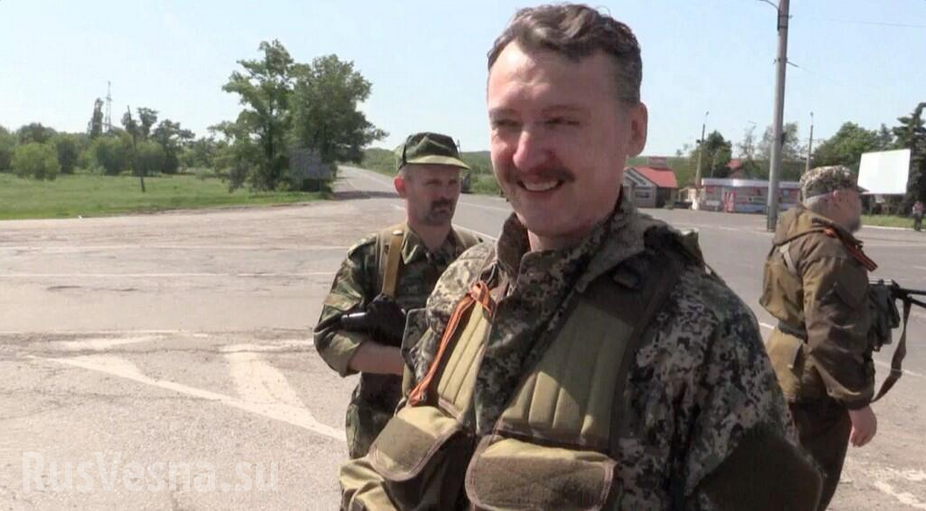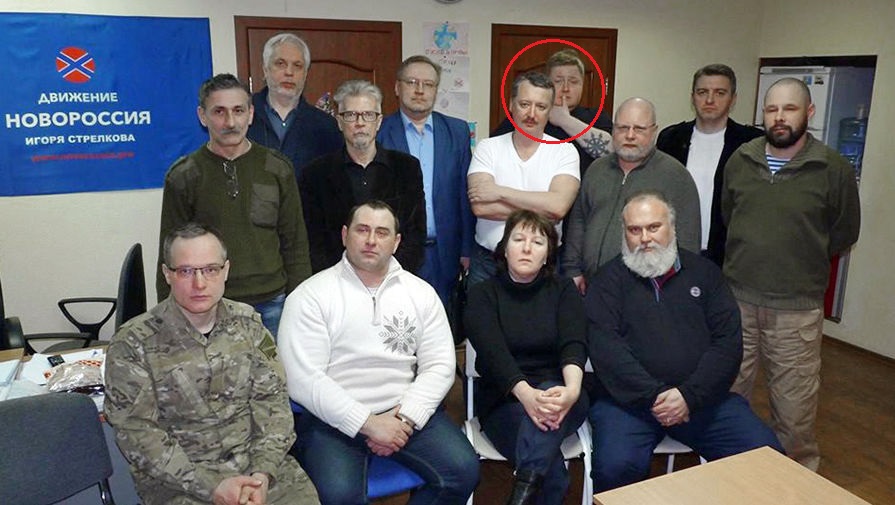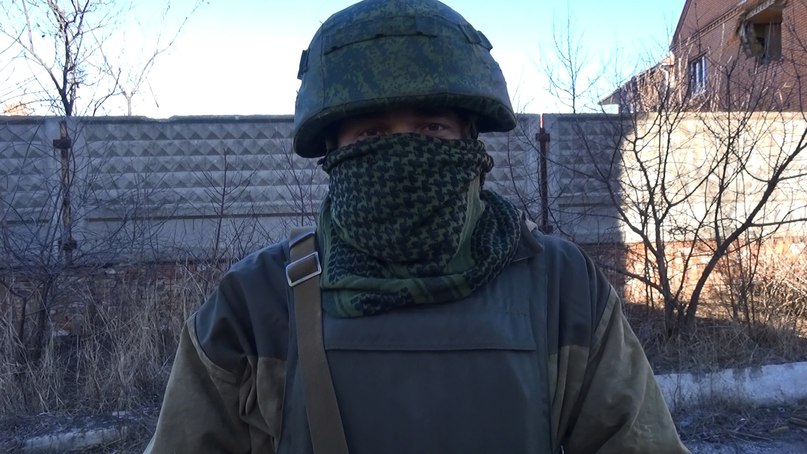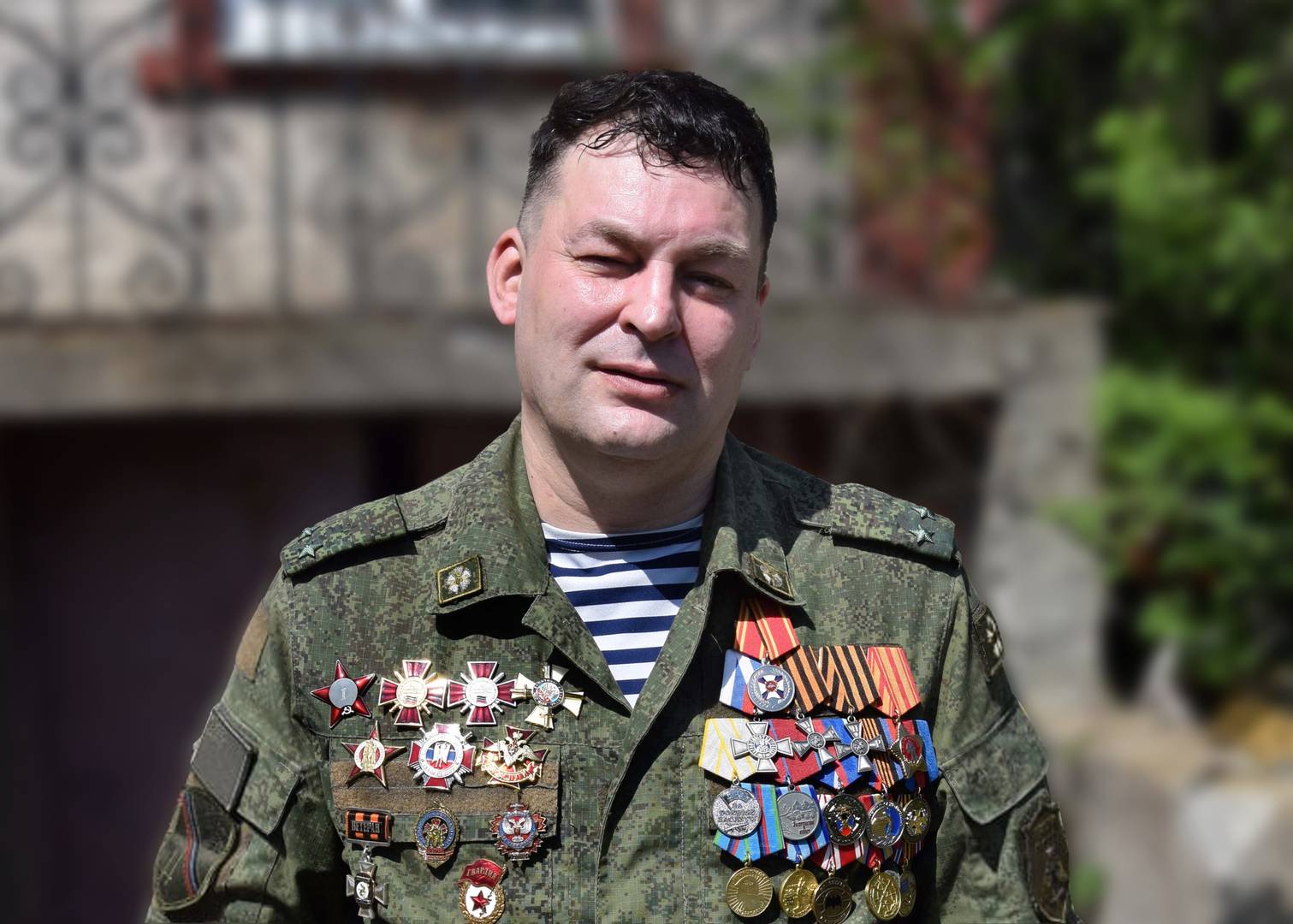Editor’s note: This is a new post in a series written by “Essence of Time” unit in Donbass members. The series will show the birth and the development of the unit in Donbass from its very start. It is a sort of a memoir-diary, which makes it even more important: The unit is not the only thing that was changing in the course of the war in Donbass. The people themselves, the members of the Ukrainian part of the “Essence of Time” organization, having faced such a colossal challenge as war, constantly under pressure on the frontline, never remain the same. Some became reporters, some became snipers, some became sappers. How did the people change in the course of these one and a half years? You can read their firsthand stories for yourself. This is the first part of the series: “The Beginning”. The previous article written by the commander of “Essence of Time” unit in Donbass can be found here. Below is the text written by one of the fighters – Liteyshik.
After the fascist coup in Ukraine we tried to wage our struggle, but in the absence of arms and in the city which was under junta’s blockade our struggle became less and less effective with every passing day. There was a need to start an armed revolt. However, very strange processes began to happen in the city that eventually led to its surrender. After that, there was no other way to continue our struggle than to go to Donetsk and fight there.
Of course, the main impulse for that was S. E. Kurginyan’s appeal to the whole Ukrainian “Essence of Time” organization to gather in Donetsk. By the time I came to Donetsk, Girkin was surrendering city after city in Donbass to the enemy.
Editor’s note: Liteyshik refers to the events of July 2014. Back then the self-appointed Commander-in-Chief of the militia, one of the most influential military commanders of DPR at the time, Igor Girkin (also known as Strelkov) arrested the people’s mayor of Slavyansk city, Vyacheslav Ponomaryov (the person who essentially created the first militia). Girkin imitated resistance to Kiev junta’s forces, murdering and robbing civilians in the meanwhile. Finally, having taken control over the militia, Girkin moved all forces out of Slavyansk on July 5, 2014. In essence, he surrendered the city to the Kiev junta without fighting, leaving the heavy weapons and thousands of units of small arms stored in the city behind.

But he didn’t stop at this: he kept moving towards Donetsk, surrendering a dozen major cities to the Ukrainian military without stopping. Girkin surrendered half of DPR territory in total in less than 24 hours. Witnesses claim that he had an agreement with the fascist Kiev junta on the eve of surrendering Slavyansk. Most of these cities remain under Nazi occupation to this day. The shelling of Donetsk that continues for over one and a half years is possible thanks to Girkin – before his betrayal junta’s mortar shells just didn’t reach the city. As Girkin had later confessed, he planned to surrender Donetsk itself in a few days after reaching it and flee to Russia. Evidence points out that his plans included a march on Russian city of Rostov, and later on Moscow together with thousands of armed fighters. He issued the order to surrender Donetsk, but he failed – after his actions were exposed, soldiers and other military commanders in Donetsk refused to comply. War criminal Girkin fled to Russia with his closest allies and is currently one of the heads of the anti-Putin fascist movement. The fact that the person who organized his massive PR at the time, Girkin’s oligarch employer Konstantin Malofeyev, is still around, as well as Malofeyev’s international partners, means that Girkin’s part is far from being over (end of Editor’s note).

The troops of the junta had been victoriously advancing almost up to Donetsk itself. I was afraid that in the next few days Donetsk would be completely surrounded, and I would have to sneak into the besieged city through the fields. It was hard to leave the family, but it was even harder to live in a city occupied by fascists.
When I came to Donetsk, I saw an almost empty, deserted city. In the streets you could only seldom meet lone pedestrians, vehicular traffic was completely non-existent.
We lived in a car repair bay on the “Vostok” battalion base. Conditions were generally good: we had electricity, water, three meals a day, eight hours of sleep.
The initial phase of staying on the base was characterized by closer interaction within the team, all issues and conflict situations were resolved on a general meeting. But at the same time during that period we were not engaged in combat, but instead turned into virtual manual workers at the base. It was from our ranks that the kitchen details, loading and unloading crews, etc. were formed.
Therefore, I gladly welcomed the establishment of the tactical battle group. We exercised every day, we strained every sinew and did our best. First, there were only exercises; after the arrival to Yasinovataya, combat training sessions also started.
At Yasinovataya we came under real mortar attack for the first time. Before, when we were on the Vostok base in Donetsk, there were only air-raid alerts, but no actual bombing-missile air attacks.
All in all, the first phase was characterized by closer interaction within the team.
Source (for copy): https://eu.eot.su/?p=5153




